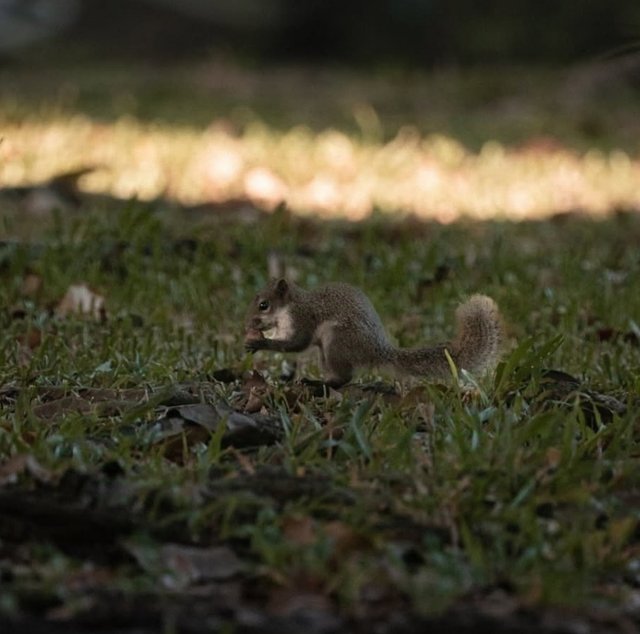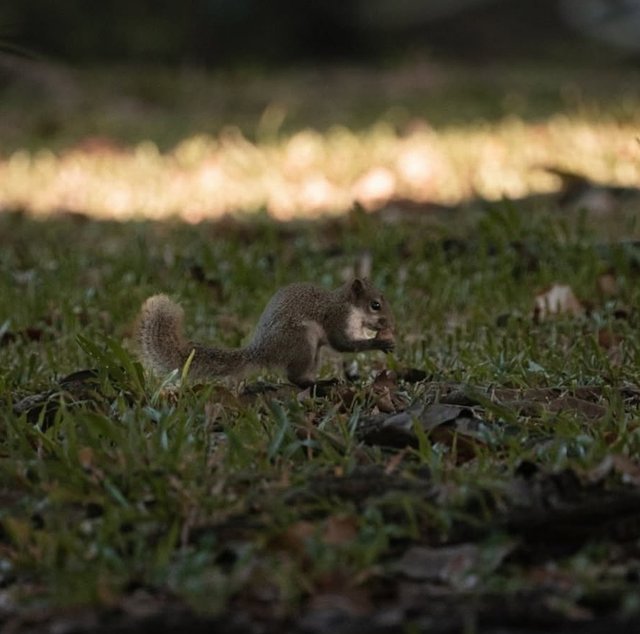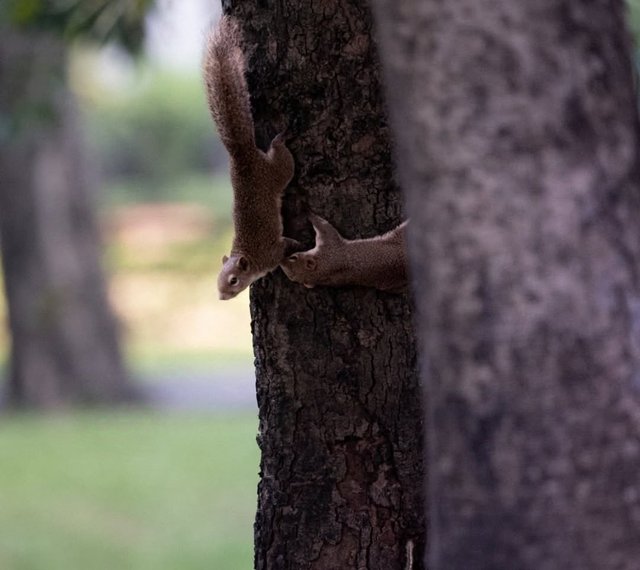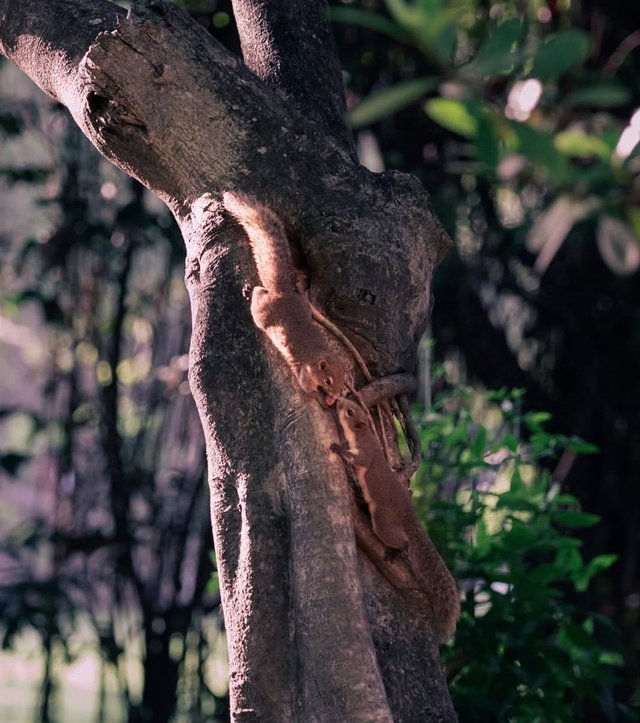So Beautiful Brazilian Squirrel Animal
The Brazilian Squirrel: An Insightful Look at a Unique Rodent
When we think of Brazil, our minds often drift to lush rainforests, colorful birds, and exotic wildlife. However, one fascinating yet lesser-known creature that thrives in Brazil's ecosystems is the Brazilian squirrel, scientifically known as Sciurus aestuans. This small but intriguing rodent is a vital part of Brazil’s diverse ecological tapestry, often overshadowed by the country’s more iconic animals like jaguars or toucans.
Physical Characteristics
The Brazilian squirrel is a medium-sized rodent with a slender body measuring around 20-30 cm in length, with an equally long and bushy tail. Its fur is usually reddish-brown or grayish, providing excellent camouflage in the dense forests where it resides. The tail, a defining feature of squirrels, is not only a balancing tool but also a signal mechanism, helping the animal communicate with others or express emotions like alertness or aggression.
Habitat and Distribution
This species is primarily found in Brazil, though its range extends into neighboring countries like Bolivia, Paraguay, and parts of northern Argentina. Brazilian squirrels thrive in a variety of habitats, including tropical rainforests, savannas, and urban green spaces. Their adaptability to different environments highlights their resilience, a trait that has allowed them to coexist with human development.
Behavior and Diet
Brazilian squirrels are diurnal, meaning they are active during the day. They are arboreal creatures, spending most of their time climbing trees and leaping gracefully from branch to branch. These squirrels are omnivorous, with a diet consisting of fruits, seeds, nuts, insects, and even bird eggs. Their role as seed dispersers is crucial for forest regeneration, as they often bury nuts and seeds, some of which remain uneaten and eventually sprout into new plants.
Social Structure and Communication
Unlike some squirrel species that prefer solitude, the Brazilian squirrel is relatively social. They often communicate through a series of chirps, barks, and tail flicks. These behaviors are used to warn of predators, mark territory, or establish dominance. Despite their social tendencies, they are also highly territorial and can become aggressive if they feel threatened.
Role in the Ecosystem
The Brazilian squirrel plays a significant role in maintaining the balance of its ecosystem. By dispersing seeds, it contributes to the growth of various plant species, ensuring the health and diversity of the forest. Moreover, as prey for larger predators such as hawks, snakes, and wild cats, these squirrels are an integral link in the food chain.




Thanks For Reading
Device Information
| Device | Redmi Note 10 Pro |
|---|---|
| Lens | 64 mp |
| Location | Bangladesh |
